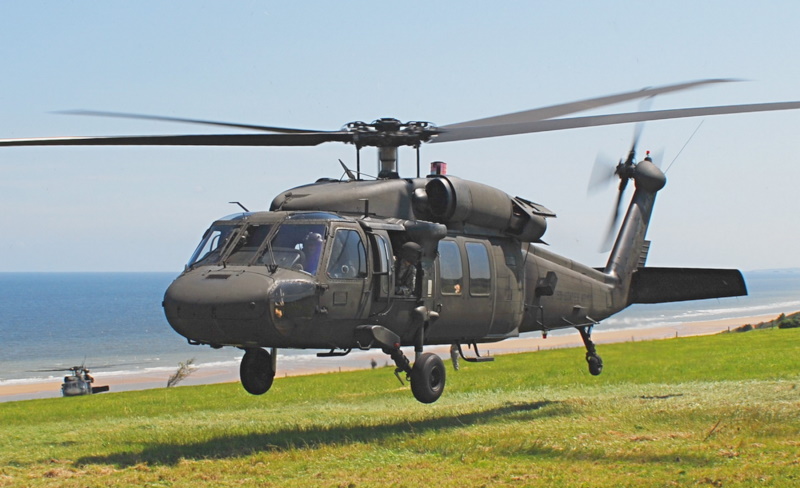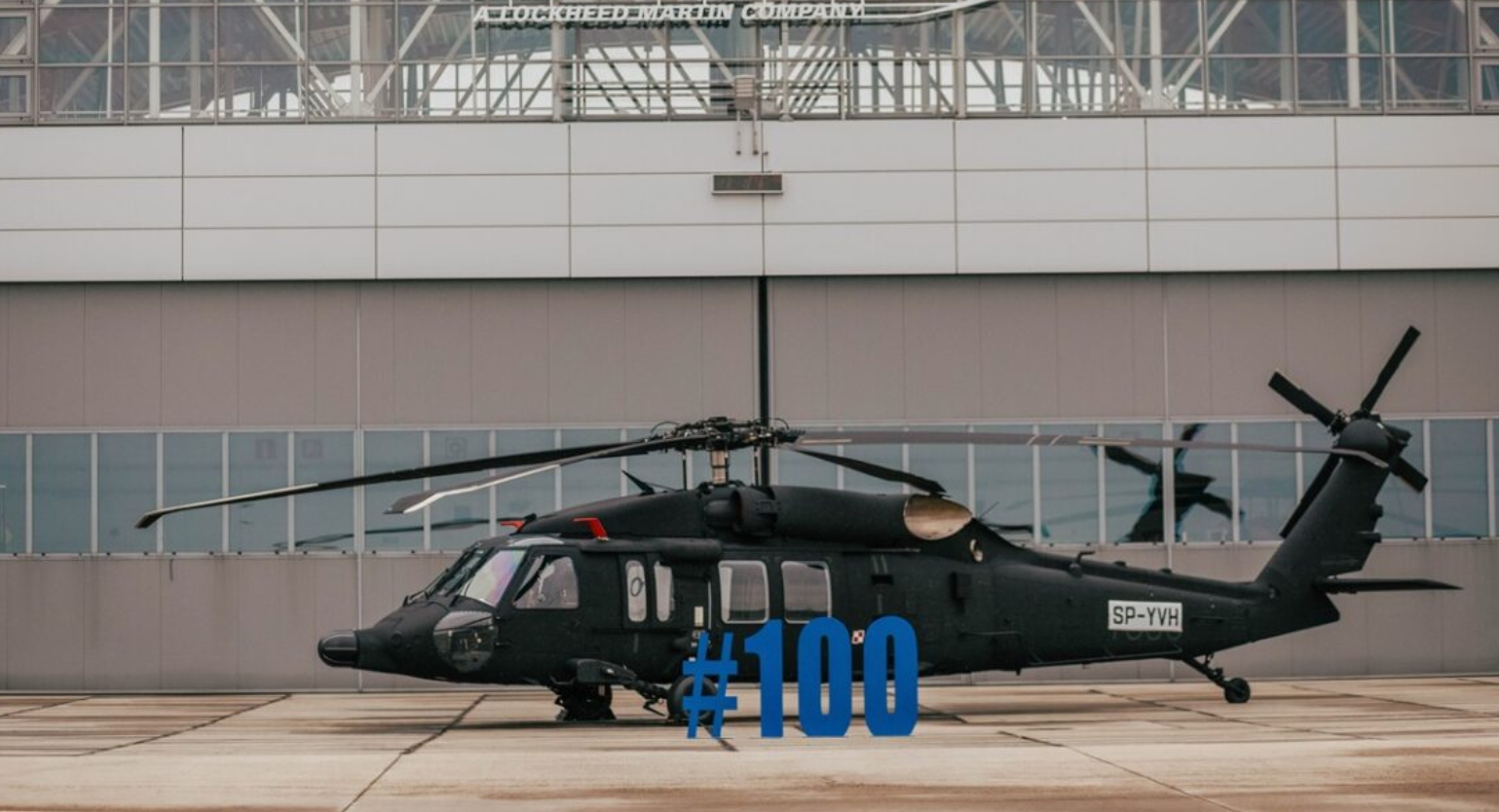Leading Functions and Benefits of the Sikorsky S 70 Helicopter
Leading Functions and Benefits of the Sikorsky S 70 Helicopter
Blog Article
High-Performance Multi-Role Rotorcraft Featuring Advanced Cabin Technologies and Integrated Sensor Systems
The realm of rotorcraft modern technology has seen noteworthy innovations in current times, especially in the realm of high-performance multi-role rotorcraft geared up with sophisticated cockpit technologies and perfectly integrated sensing unit systems. These innovations have not only enhanced the functional abilities of rotorcraft yet have also considerably impacted contemporary aviation procedures on various fronts. From improved goal adaptability to improved operational performance, the merging of innovative cockpit modern technologies and integrated sensing unit systems has ushered in a new period of possibilities for rotorcraft applications. In the complying with conversation, we will certainly check out the development of rotorcraft innovation, delve into the realm of advanced cabin developments, and analyze the ramifications of integrated sensor systems on the functional adaptability and efficiency of contemporary rotorcraft.
Development of Rotorcraft Technology
The advancement of rotorcraft modern technology has been marked by significant innovations in the rules of aerodynamics, materials, and propulsion systems, shaping the capabilities and performance of modern-day rotorcraft. Aerodynamic renovations have improved the performance and maneuverability of rotorcraft, permitting boosted speed, dexterity, and security during flight (sikorsky s 70). Advancements in products, such as the usage of composite materials and advanced alloys, have actually led to lighter yet stronger rotorcraft frameworks, improving overall performance and sturdiness. Additionally, advancements in propulsion systems, consisting of a lot more effective engines and innovative propulsion technologies, have actually made it possible for rotorcraft to achieve greater elevations, faster rates, and better payloads.
These advancements have not just transformed the capabilities of rotorcraft however have actually also broadened their applications throughout numerous markets, consisting of army, business, and emergency services. The constant advancement of rotorcraft modern technology remains to drive innovation in the field, pushing the limits of what is possible and forming the future of upright trip.
Advanced Cabin Innovations
Structure upon the foundational advancements in aerodynamics, products, and propulsion systems, the realm of rotorcraft modern technology now changes emphasis in the direction of introducing Advanced Cockpit Innovations. The assimilation of cutting-edge technologies within the cabin environment plays a crucial duty in improving the functional capabilities, safety, and performance of modern-day rotorcraft. sikorsky s 70. Advanced Cockpit Innovations incorporate a broad selection of functions designed to supply pilots with improved situational recognition, structured information management, and intuitive control interfaces
One of the key innovations in cabin design is the application of glass cockpits, which replace conventional analog gauges with high-resolution displays. These electronic systems provide personalized layouts, real-time data assimilation, and improved readability, allowing pilots to access critical information at a look. Advanced avionics systems, such as fly-by-wire controls and boosted truth displays, are revolutionizing exactly how pilots connect with the aircraft, permitting for specific control and improved decision-making abilities.


Including sophisticated cabin developments not just enhances pilot efficiency yet additionally contributes to total goal performance and security in intricate functional settings. By leveraging state-of-the-art innovations within the cockpit, rotorcraft makers are setting brand-new criteria for functional quality and goal success.
Integrated Sensing Unit Equipments
With the advancement of rotorcraft innovation, the combination of advanced Integrated Sensor Equipment has actually come to be extremely important in boosting operational effectiveness and security. These Integrated Sensing unit Solutions include a broad array of technologies that offer critical information for numerous functions such as navigation, surveillance, targeting, and ecological monitoring. By effortlessly integrating sensing units like radars, video cameras, lidar, and infrared systems into rotorcraft, operators can gain from boosted situational awareness, boosted objective abilities, and lowered pilot workload.
One key click here for info benefit of Integrated Sensor Systems is their capacity to collect real-time data and offer actionable insights to pilots and objective drivers. Progressed radar systems can detect and track targets over long distances, enabling for early hazard discovery and efficient feedback planning. Furthermore, incorporating electro-optical and infrared electronic cameras enables rotorcraft to perform reconnaissance and security missions with precision and accuracy.
Essentially, the assimilation of innovative sensing unit modern technologies right into rotorcraft not only improves functional performance yet also adds significantly to overall mission success and team safety. As rotorcraft continue to develop, the duty of Integrated Sensing unit Systems will certainly stay at the leading edge of advancement in the aerospace market.
Functional Convenience and Effectiveness
Enhancing operational flexibility and performance in rotorcraft is an all-natural development from the combination of sophisticated Integrated Sensor Equipments. By leveraging the information and insights offered by these cutting-edge sensing unit systems, rotorcraft can optimize their performance throughout numerous goals and settings.
Functional flexibility includes the ability of rotorcraft to adapt to different roles and circumstances successfully. With sophisticated cockpit innovations and incorporated sensing unit systems, rotorcraft can perfectly change between jobs such as search and rescue, clinical evacuation, security, and a lot more. This adaptability improves the rotorcraft's capability to satisfy diverse functional requirements without requiring considerable reconfiguration.
Effectiveness in rotorcraft operations is important for optimizing objective efficiency and source usage. Integrated sensor systems play a pivotal function in boosting functional performance by supplying real-time data on weather problems, terrain mapping, target monitoring, and much more. This data enables pilots to make informed decisions quickly, optimize flight paths, conserve fuel, and boost general mission efficiency.
Influence On Modern Aeronautics Operations

Furthermore, the integration of advanced sensors assists in improved goal planning and implementation, making it possible for rotorcraft to execute a large range of jobs with enhanced accuracy. From search and rescue operations to airborne firefighting and police missions, the capabilities of modern rotorcraft equipped with innovative cabin technologies and incorporated sensor systems are unmatched.
Additionally, the impact of these improvements expands beyond functional effectiveness to cost-effectiveness and sustainability. By enhancing trip courses, gas usage, and maintenance routines, high-performance rotorcraft outfitted with innovative cabin modern technologies and sensing units contribute to minimizing functional expenses and ecological influence, making them essential link assets in contemporary aeronautics operations.
Conclusion
In verdict, the high-performance multi-role rotorcraft with sophisticated cockpit innovations and incorporated sensing unit systems stands for a substantial evolution in aeronautics innovation. These developments enhance operational convenience and efficiency, eventually influencing modern air travel procedures in learn the facts here now a favorable way. The combination of these advanced modern technologies enables boosted abilities and performance in numerous objective scenarios, showcasing the proceeded innovation of rotorcraft technology in the air travel market.
The world of rotorcraft modern technology has actually seen noteworthy developments in recent times, particularly in the world of high-performance multi-role rotorcraft furnished with advanced cockpit technologies and flawlessly integrated sensing unit systems. From enhanced mission versatility to improved operational effectiveness, the merging of advanced cockpit modern technologies and incorporated sensing unit systems has ushered in a new era of opportunities for rotorcraft applications. In the adhering to discussion, we will explore the development of rotorcraft technology, delve right into the realm of innovative cabin advancements, and analyze the effects of integrated sensor systems on the functional flexibility and efficiency of contemporary rotorcraft.

Report this page